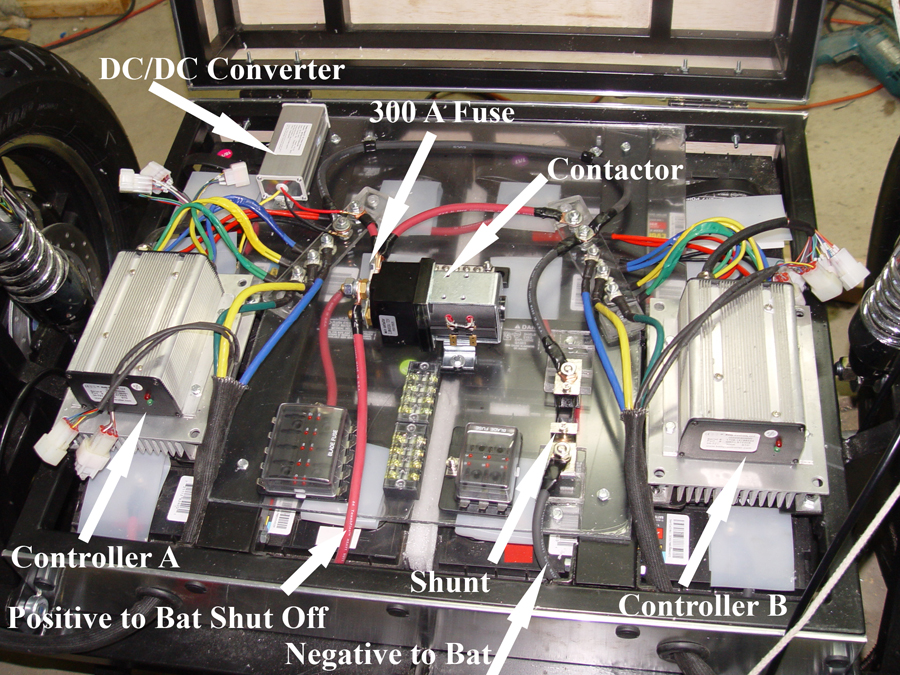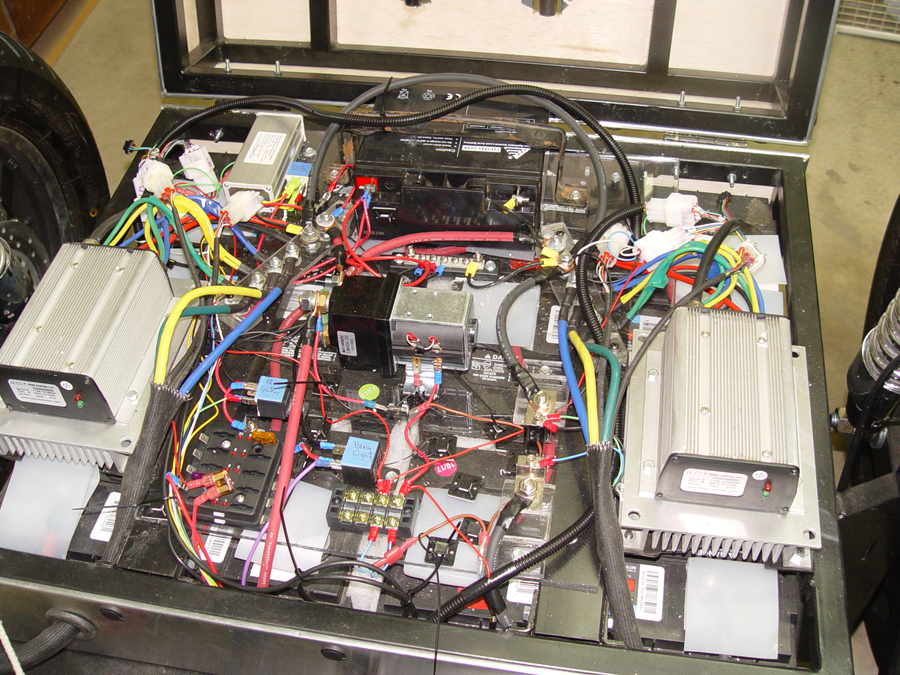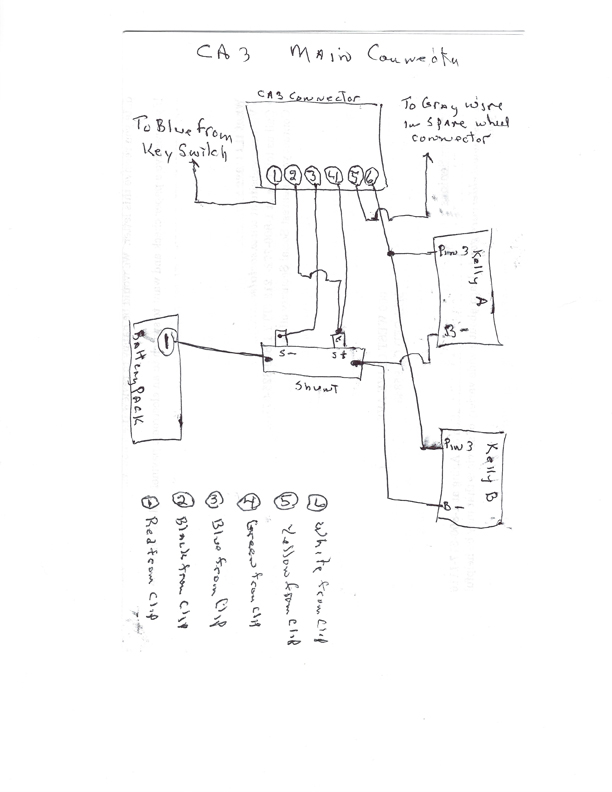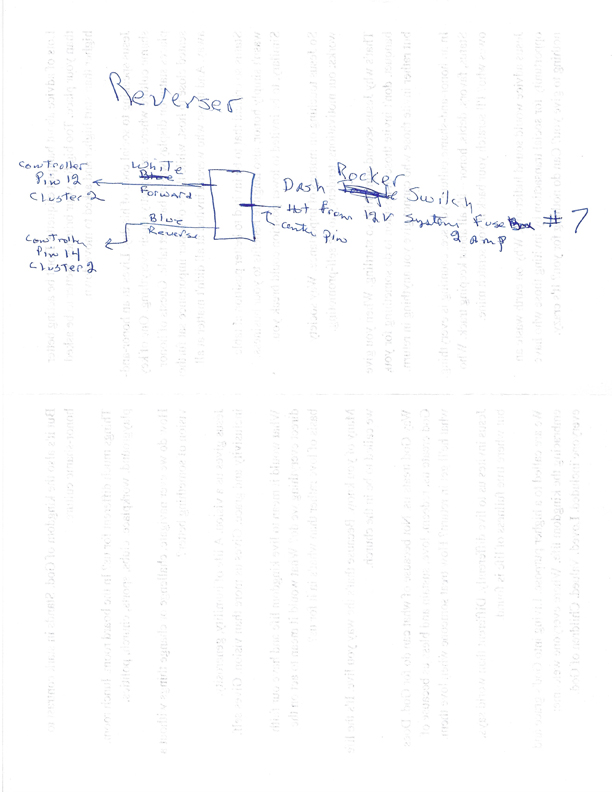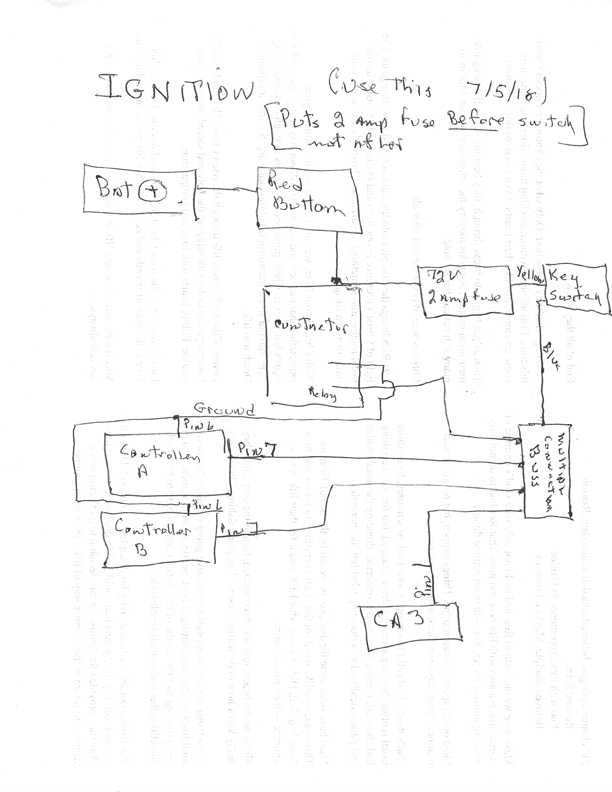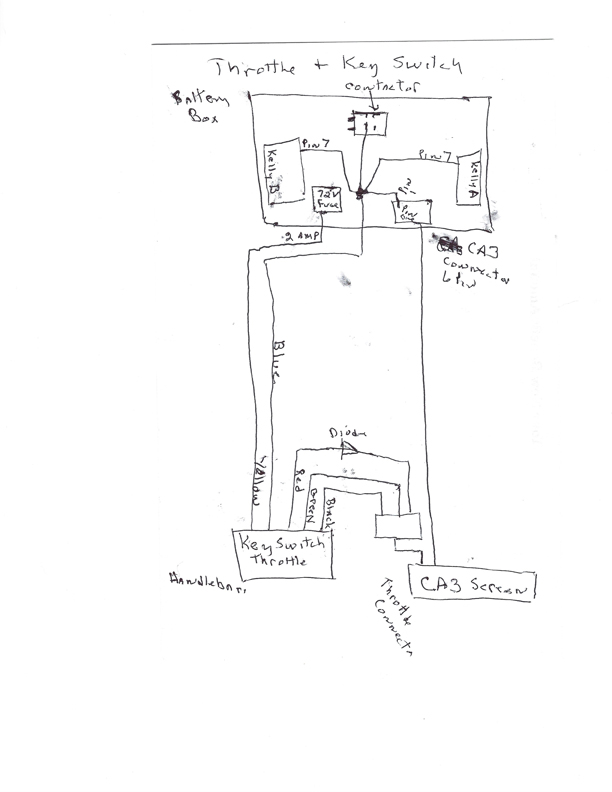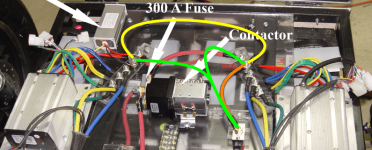Alan B said:
Short, low impedance grounds and single point grounding won't hurt and it can solve problems that are not easy to understand or analyze, and can be difficult to band-aid in other ways.
My point is entirely that GNDs should nominally be applied for a reason and in this case the common Ground point/equal length GND wire scheme is designed to mitigate effects of a very specific situation of controller interaction with a common throttle.
There is more than one 2WD approach and I believe it is misleading to not qualify a recommendation for this strategy so that those who are building 2WD for which it does not apply are not misled into believing it is of benefit. For instance - suppose someone wants to build a straight-up motomech-style independent 2WD system with two throttles, with or without a common battery. There is no possibility of throttle interaction and no benefit from the perspective of control interaction in tying the GNDs to a common point, using equal length wires, or co-locating the controllers so these ground runs are short. In point of fact, it would be better to position the controllers close to the motors with short phase wires - exactly the opposite. So - I think a few words to clarify or qualify the situational relevance are valuable and can arguably prevent misunderstanding leaving the issue of "won't hurt" for the listener to evaluate.
Alan B said:
The fact that this system has even torque when accelerating slowly, and strongly differential torque when accelerating hard points to something exactly like grounding to be a core issue. The primary difference between the two experiments is magnitude of current flowing through the system.
You are conflating common R/L speed with 'even torque' (even phase current) at low speed. While this may be true regarding the average torque, the collected/plotted data shows wide phase current excursions as the controller tries to accelerate the huge trike loaded with lead acid batteries. These excursions are the result of controller gain, not setpoint offset (grounding). In the case of going WOT off the line, the small throttle offset (about 0.016V at 80A) is the smallest possible percentage of the overall setpoint error (about 4.25 volts or 0.3%). This high current, high setpoint error case is the situation that shows the least effect of offset. The maximum effect should be at high current and low setpoint error. This is opposite of what we are seeing. Furthermore the offset is the opposite direction of the observed veering. On the face of it grounding does not appear to be a direct cause of the veering which appears large, stateful, has quick onset, and is different than the interaction jitter or oscillation we might expect with setpoint interacton.
Alan B said:
In this particular case reducing the gain of the speed loop may also provide improvements. PWM throttle systems generally exhibit about six times the gain of a current loop system (even more with high power motors and controllers), and this is part of the problem - too much system gain. Speed throttle systems have adjustable gain, and likely have higher overall gain than the PWM throttle. Reducing the gain will tend to reduce the difference between the wheel torques. Reducing it too much may cause other issues like throttle delay, so it is a trade-off.
Yes, this is certainly a valid approach and I think goes much more directly to the cause of the veering than ground issues.
Is some respect this has a similar effect as reducing the maximum phase current (demonstrated to work) where the gain multiplier products are scaled down. The plotted data clearly shows excessive gain. Speed controller tuning can be quite frustrating (FWIW I wrote the speed tuning guide and devised the speed tuning algorithm in the CA Guide). With a heavy vehicle, gains must be very modest because overshoot of the vehicle is reversed only by allowing the vehicle to naturally decelerate. This is unlike phase control where overshoot is quickly and actively addressed by reducing current. An intrinsic problem with speed control is that the although the controller remedies overshoot the same way by reducing current, the effect of actually reducing vehicle speed happens very much later making the system response much slower.
I originally discarded the idea of trying to re-tune the PI controller as a perhaps challenging task with no PI tuning expertise in hand, two controllers, and poor to no instrumentation. The potential difficulties did not seem worth effort to get a vehicle with restrained performance that still was saddled with the enforced equal-wheel-speed issue for turning (it fights to go straight no matter what).
However, when looking at the plotted data while musing about the thought experiment above, the effects of the extreme phase current excursion around the 3.5 second mark lead me to the same conclusion about the causative effect of gain and overshoot. This data was taken at different times but presents a reasonable hypothetical. There we see a situation where one controller is producing all of the instantaneous torque and the other essentially none. If the setpoints are misaligned properly, it seems this might reasonably gravitate to the stable all on/all off state described above (veering) with the integral error term tending to prevent the OFF controller from resuming operation in spite of small setpoint error changes. I could be very wrong here, but I think this may be what is happening.
So - to be clear, gain may be involved, but the core problem is the speed controller. Reducing the gain and slowing system operation looks to be means to make the best of a problematic controller choice.
Anyhow - I am frankly delighted to see the Kelly field programmability since the OP now has the option to restore speed controller operation in case this armchair reasoning has gone astray....



